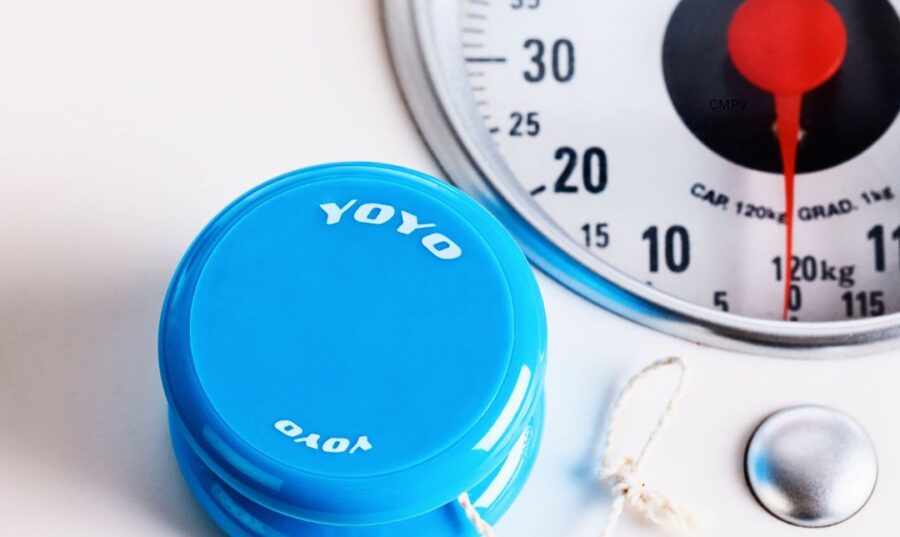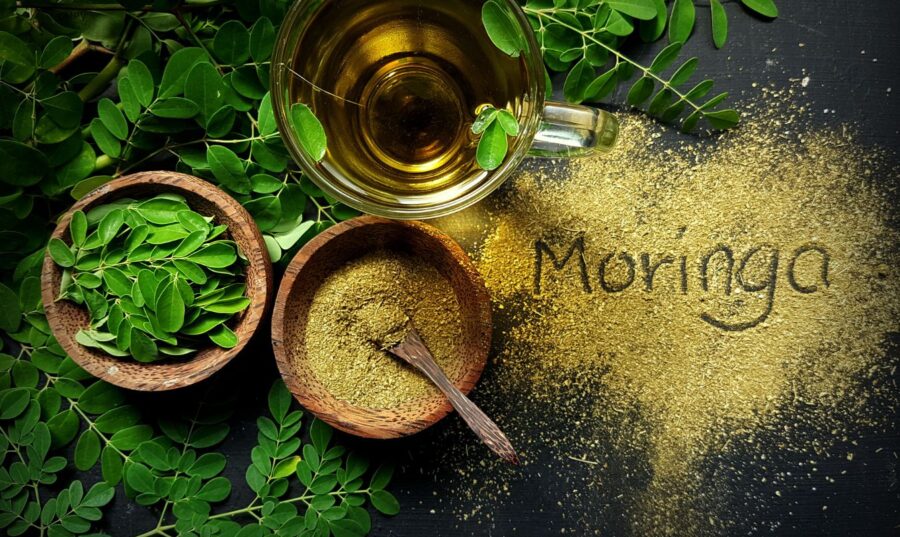|
Getting your Trinity Audio player ready...
|
Dark chocolate is good for heart health. Many research shows a positive association between regular dark chocolate consumption and heart health. Researchers have focused their attention on flavanols, natural phytochemicals found in dark chocolate. These antioxidant compounds, mainly epicatechin, catechin and procyanidin, increase vascular dilation and improve blood flow, reducing the risk of cardiovascular diseases.
The flavanols in dark chocolate increase the levels and action of nitric oxide, a natural compound in the body that acts as a vasodilator. Also, they increase insulin sensitivity and slow down the atherosclerotic process. In other words, They protect against risk factors for cardiovascular diseases and events that cause cardiovascular damage. The amount of flavanols in dark chocolate could be up to 709 mg per ounce. In contrast, milk chocolate has about 12 mg per ounce, while 'white chocolate', which is not chocolate at all but cocoa butter, contains zero flavanols.
Chocolate processing
All chocolate comes from the seeds of the fruit of the cocoa tree Theobroma. Una vez cosechadas, las semillas de cacao y la pulpa del fruto circundante se procesan para fabricar el chocolate tal y como lo compramos. El proceso que comienza con la fermentación por microbios naturales incluye además secado, tostado, molienda, refinación, conchado y templado de las semillas. Este largo proceso reduce considerablemente los niveles de flavanol. Como parte del mismo, las semillas se someten a un tratamiento con álcali, conocido como alcalinización. El álcali utiliza para reducir el sabor amargo, que en consecuencia cambia su color a uno mucho más claro. Los estudios han demostrado que, al añadir álcali, los flavanoles se reducen de un 60 hasta un 90%. El procesamiento alcalino también se conoce como ‘holandés’. Al final se consigue el rico sabor a chocolate que la mayoría conoce y ama. Si la lista de ingredientes dice «cacao procesado con álcali», ese chocolate no es la mejor opción para tu corazón.
Not all dark chocolate is the same
Dark chocolate can vary greatly in flavonoid content, depending on the amount of cocoa solids it contains and how it is processed. The flavanol content even varies between tree cultivars. Theobroma. Manufacturers often purchase cocoa beans from several countries and many suppliers and then combine them. This practice results in varying levels of flavonoids from batch to batch of chocolate produced.
Labeling of the flavanol content of chocolate products is not mandatory. However, the higher the percentage of cocoa solids in a chocolate product and the more bitter the flavor, the higher the flavanol levels. Although this relationship is not always consistent, it is the best available indicator of the flavanol content in chocolate.
Research Findings
- Less incidence (new cases) of hypertension and stroke.
- Reduced risk of all cardiovascular diseases, including heart attack and heart failure. A cross-sectional study of nearly 5,000 men and women participating in the National Heart, Lung, and Blood Institute Heart Study found that those who ate dark chocolate at least five times a week had a 57% lower risk of cardiovascular disease than those who ate dark chocolate at least five times a week. who didn't eat dark chocolate.
- Reduces LDL ("bad") cholesterol.
- Prevents the oxidation of LDL cholesterol.
- Increases HDL (“good”) cholesterol levels.
- Reduces platelet aggregation.
- Improves blood flow.
- Improves brain function. It has been found to have positive effects on brain health and cognition due to its high content of flavonoids and stimulant substances such as caffeine and theobromine.
- Improves mood. Dark chocolate contains phenylethylamine, a compound that promotes the release of endorphins and serotonin, improving mood and promoting feelings of happiness.
- It has an anti-inflammatory effect, helping to protect the body from harmful molecules such as free radicals.
- Reduces insulin resistance.
- It lowers blood pressure similar to what the DASH (Dietary Approaches to Stop Hypertension) diet does.
recommendations
Most chocolate products are high in sugar, fat and calories. Although much of the fat is the type that does not raise cholesterol levels, it adds a significant amount of calories. For this reason, it is not advisable that you consume a daily dose of chocolate if it is not already part of your diet, especially if you are overweight or obese. However, some researchers have suggested that, If the total calorie consumption is balanced, chocolate flavanols can be part of a healthy diet for patients with hypertension.
Si consumes regularmente chocolate, selecciona chocolates oscuros con alto contenido de sólidos de cacao, preferiblemente 70% o más. Algunas compañías incluyen en la etiqueta la cantidad de flavanoles, que en algunos casos puede ser de hasta 350 mg por porción. Evita el chocolate procesado con álcali. The darker the chocolate, the bitterer the taste and the healthier it is for the heart.










